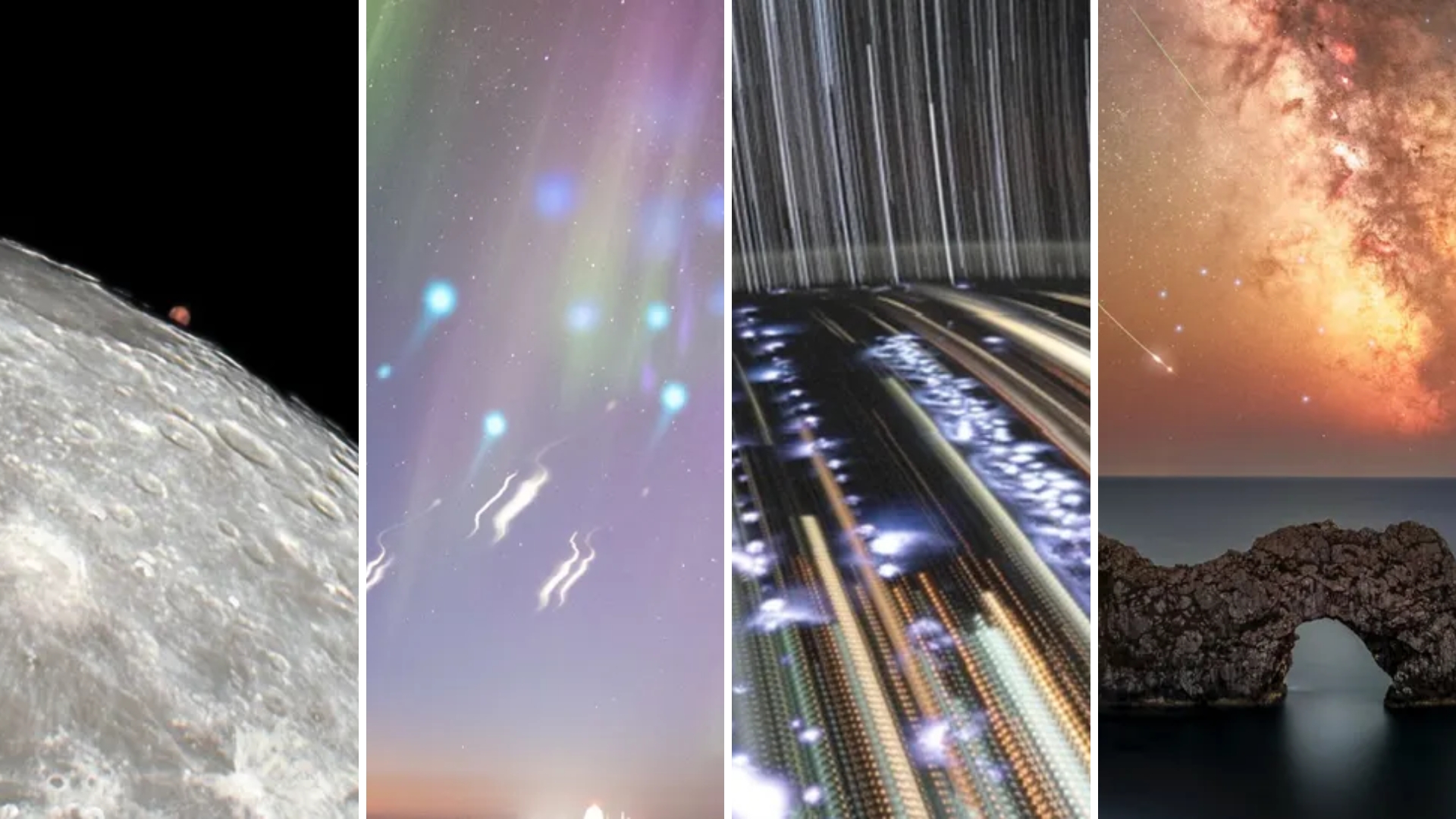SpaceX to Reuse Dragon Capsules on Cargo Missions

LAS CRUCES, N.M. — SpaceX plans to reuse a Dragon cargo spacecraft for the first time next year, allowing the company to focus on production of the next generation of that spacecraft for crew and cargo missions.
In a presentation at the International Symposium for Personal and Commercial Spaceflight (ISPCS) here Oct. 13, Benjamin Reed, director of commercial crew mission management at SpaceX, said the company was planning to fly a used Dragon spacecrafton its eleventh Commercial Resupply Services (CRS) cargo mission to the station in early 2017.
"We will be reflying our first Dragon capsule on CRS-11," he said, using the company's designation for that cargo mission, known as SpX-11 by NASA. [SpaceX's Dragon Spacecraft Explained (Infographic)]
While SpaceX designed Dragon to be reusable, the company's CRS contract with NASA required the use of a new Dragon spacecraft for each cargo mission. Reed said SpaceX has been working with NASA to demonstrate that the spacecraft can be safely reused for additional cargo flights.
"It's a great example of the partnership we have with NASA," he said of that effort to win approval for the reuse of Dragon spacecraft. "We've carefully gone through a process of proving that you can reuse various components all the way up to a whole system, and how you certify that."
The biggest challenge to reuse, he said, was stopping saltwater from getting inside the capsule after it splashes down. "We've been working hard to update the capsule, to ensure that you don't have to worry about the seawater issue," he said.
Reed said SpaceX plans to reuse Dragon spacecraft through the remainder of its current CRS contract, which runs through SpX-20. He did not discuss how many Dragon spacecraft are available to be reused, or how many times SpaceX believes a Dragon capsule can be flown.
Breaking space news, the latest updates on rocket launches, skywatching events and more!
If successful, Reed said it would allow SpaceX to end production of the cargo Dragon spacecraft. "We'll be reflying Dragons going forward, and be able to close down the Dragon 1 line and move all the way into Dragon 2," he said, referring to the next-generation version of the Dragon being developed for commercial crew missions.
In addition to its current CRS contract, NASA awarded SpaceX a CRS-2 contract earlier this year for additional cargo missions. Those missions will use a version of the Dragon 2 spacecraft SpaceX is developing for commercial crew missions, Reed said, with greater cargo volume than the current Dragon spacecraft.
Those CRS-2 Dragon missions will use "propulsive" landings, where the capsule lands on a landing pad using its SuperDraco thrusters rather than splashing down in the ocean. That will allow NASA faster access to the cargo returned by those spacecraft, and also build up experience for propulsive landings of crewed Dragon spacecraft.
"That's a perfect step in the pathway to crew," he said. "We'll get very comfortable with doing propulsive landings with cargo first, and then with crew."
This story was provided by SpaceNews, dedicated to covering all aspects of the space industry.

Jeff Foust is a Senior Staff Writer at SpaceNews, a space industry news magazine and website, where he writes about space policy, commercial spaceflight and other aerospace industry topics. Jeff has a Ph.D. in planetary sciences from the Massachusetts Institute of Technology and earned a bachelor's degree in geophysics and planetary science from the California Institute of Technology. You can see Jeff's latest projects by following him on Twitter.

